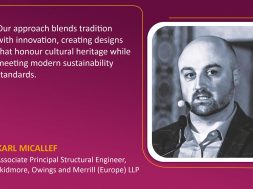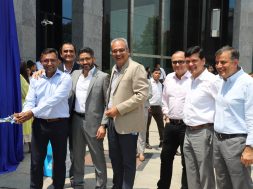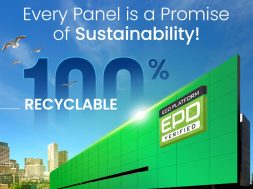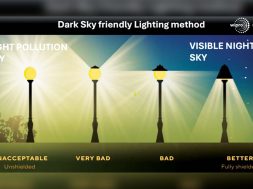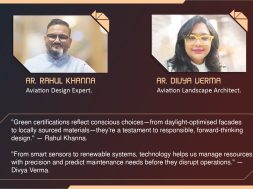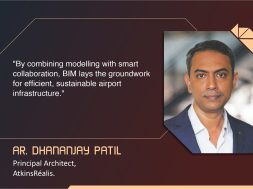How human-centric design bridges tradition and technology
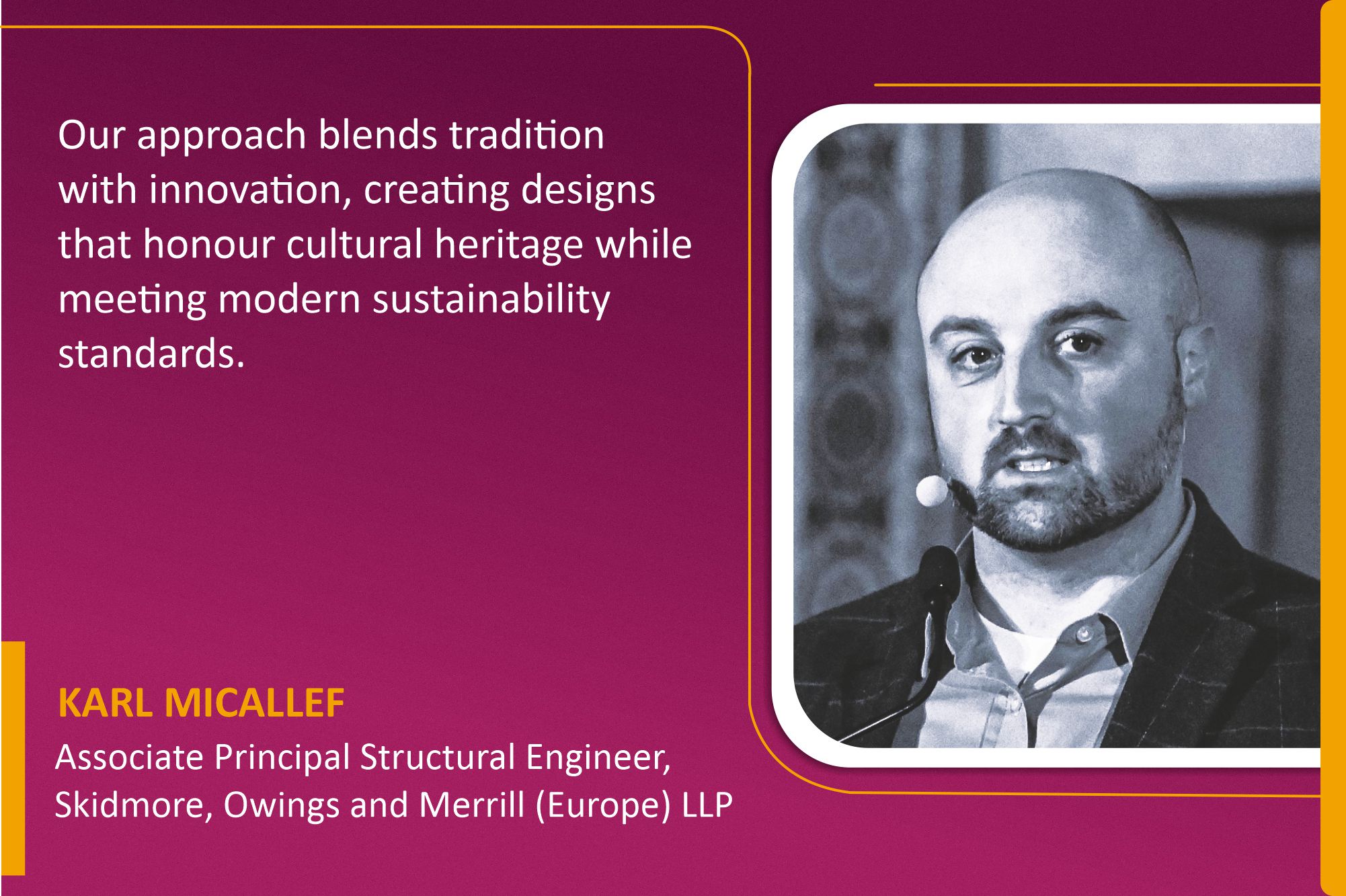
This conversation analyses the fusion of contemporary design with cultural history, emphasising sustainability, technical advancements, and contextualising architecture.
How do you blend cultural elements with modern architectural designs in your projects?
Buildings should have a strong relationship to their location and surroundings, symbolising the zeitgeist of the day and age they are being created. A structure that “lives” on-site B need not necessarily “work” on-site A. Yes, both parties may reside in the same nation or city! This covers elements like materiality in addition to suitable design concerns.
How do you integrate sustainability into your design process from the initial concept to the final execution?
It is very important to make the correct decision during the pre-concept phase, namely when defining the brief, for a design to be genuinely effective from a sustainability standpoint. The question of whether a structure is necessary should be posed to the design team! The building’s sustainability credentials will be more jeopardised the later a design decision is made. On the other hand, to ensure that the carbon and performance targets anticipated during the design stages are met, the design team should monitor the process through to the end to ensure that material selections and procurement adhere to specifications.
How is technology shaping the future of architecture and design in your projects?
Technology is merely a tool that changes with time. For years, designers have benefited from the usage of technology. The idea remains the same whether this is a handcrafted model or a prototype that was 3D printed. The way people think and process information has stayed the same. Although artificial intelligence (AI) influences these ways of thinking, design is still a “human” process when building spaces for others.

How do you ensure that your architectural projects positively impact the local community?
A project should benefit the location and locality in which it is situated, both locally and globally, and throughout the building’s life, even during development. Priorities should include minimising adverse effects on nearby residents, updating the streetscape’s beauty, bringing a street frontage to life with various uses, and enhancing the building’s occupants’ quality of experience.
What criteria do you consider when selecting materials for your sustainable projects?
Successful material selection requires using the appropriate material for the intended application, whether for a structural, facade or finish. The best – and most environmentally friendly – material also depends on the project’s location, local availability, building experience, and skill. No single silver bullet exists. Material selection is only one component of the equation, though. Selecting the best possible system is significantly more crucial than the content itself. For a long-span beam, steel is preferable to concrete. However, even the most effective beam might not be the most sustainable alternative if a truss is the better choice.
How do you adapt your architectural approach to different cultural and climatic contexts?
An in-depth examination of the site’s background and environment, together with climate research including temperature, wind, orientation, lighting, and other factors, ought to precede any architectural design endeavour. A design cannot evolve and “respond” to all of these limitations until it comprehends them. Consequently, these factors influence the design: the depth of the floor plate to optimise natural light, the shading to prevent overheating, the sculpted massing to reduce overshadowing, the suitable architectural language, and so on.
Cookie Consent
We use cookies to personalize your experience. By continuing to visit this website you agree to our Terms & Conditions, Privacy Policy and Cookie Policy.
